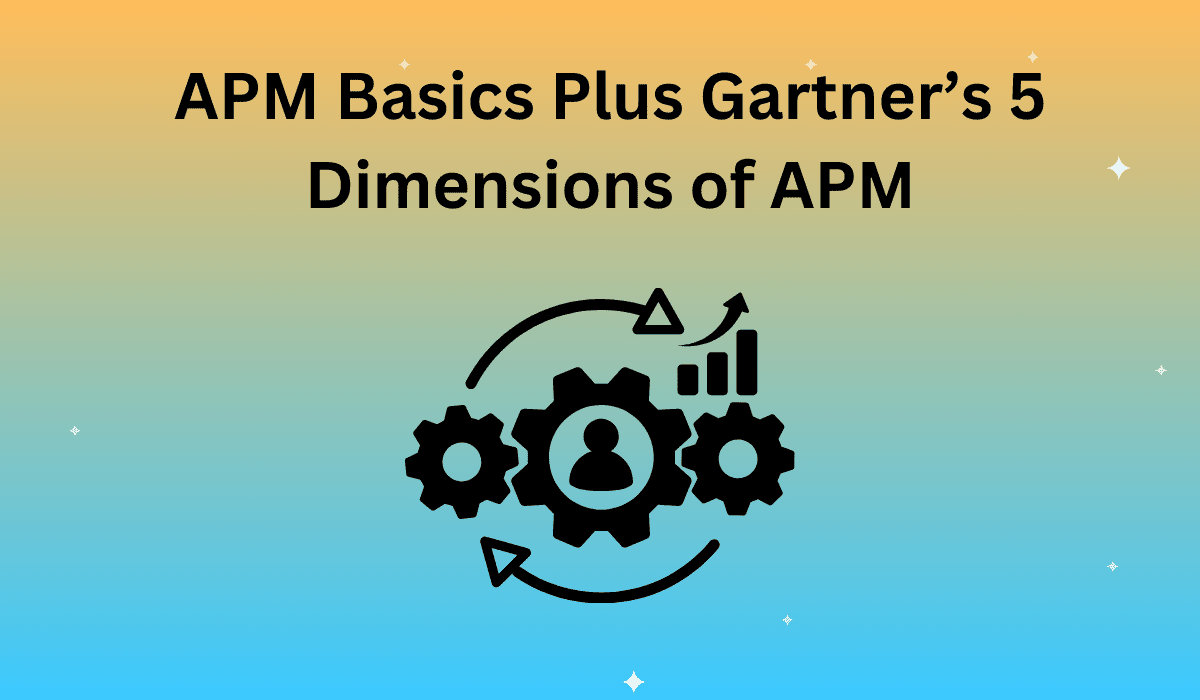Application Performance Management, or APM, refers to the practice of monitoring software availability and performance. However, performance management tools go far beyond just measuring uptime and response time: APM services aim to improve the user experience through data that provides insight into how an application performs and why. In other words, the performance management application’s goal is to improve your level of customer service.
Delve deeper into APM basics and Gartner’s APM below.
APM Gathers Metrics
APM tools track and record information pertaining to an application’s performance on all levels so your IT staff can use the information to get a handle on how well each component of a given application is performing related to the user experience. Instead of just providing a massive spreadsheet, however, APMs give the data context through a streamlined dashboard. This way, your IT staff isn’t stuck manually interpreting the data.
APM Quantifies Performance
APM performance metrics can be broken down into two main groups: load, or the volume of data transactions, and response time, or how long it takes the application to respond to transactions. APM platforms gather deeper information including throughput, bandwidth, the number of simultaneous users, the number of pages served per second, the number of processes, CPU usage as a percentage, and maximum memory utilization, which explain why the application takes as long as it does to respond to transactions. According to AppDynamics, the tool can direct IT staff to the root cause of application issues immediately, so your staff can implement fixes faster.
APM Triggers Alerts
APM software also takes the busy work out of monitoring application performance. When configured, the program can trigger alerts when specific service metrics reach their thresholds. APM tools are also very helpful for businesses in allowing employees to gather information about an application’s performance without having to be in the application itself. Alerts can also be used to measure application usage growth over time and identify traffic spikes.
Gartner APM: The Five Dimensions
Gartner’s Five Dimensions of APM describes how to use all the information the performance management application gathers in a way that’s helpful to gauge and improve the level of customer service. The dimensions include:
- End-user experience monitoring: capture user-based performance data to gauge how well the application is performing and identify potential performance problems.
- Runtime application architecture discovery modeling and display: visually express the application in a flow-map to establish all the different components of the application and how they interact with each other.
User-defined transaction profiling: use the software to examine specific interactions to recreate conditions that lead to performance problems for testing purposes. - Component deep-dive monitoring in application context: collect performance metrics pertaining to the individual parts of the application identified in the second dimension.
- Analytics: take everything your company learned in the previous four steps to discover usage patterns, identify performance problems, and anticipate potential problems before they happen.










